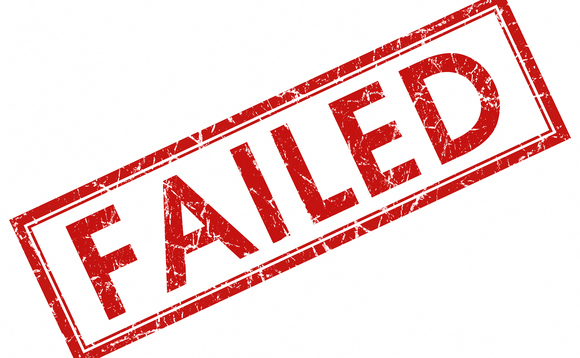The economy of the eurozone bloc of countries beat expectations to expand more than predicted in the second quarter of 2023, while its inflation also dropped.
GDP rose by 0.3% in the eurozone, compared with the previous quarter, showing a return to growth stronger than the 0.2% analysts had predicted.
Compared with the second quarter of 2022, seasonally adjusted GDP increased by 0.6% in the Euro area.
ECB hikes rates to match record high as inflation set to remain 'too high for too long'
Growth across the EU as a whole was stable for the quarter at 0.2%, and 0.5% higher than the same period a year ago.
The single currency area stagnated at the start of the year, registering no growth, and it only narrowly avoided falling into a technical recession, marked by two consecutive quarters of economic contraction.
Inflation in the eurozone is also easing, with official figures showing it is expected to be 5.3% in July 2023, down from 5.5 % in June.
Looking at the main components of euro area inflation, food, alcohol and tobacco are expected to have the highest annual rate in July - 10.8% down from 11.6% in June.
This is followed by services (5.6% up from 5.4% in June), non-energy industrial goods (5%, down from 5.5%) and energy (-6.1%, compared with -5.6%).
Daniele Antonucci, CIO at Quintet Private Bank, said the fact inflation slowed further this month is "of course a good thing", however this month's report is in line with expectations.
He added it was "more disappointing" that core inflation, which excludes volatile components such as energy and food, was unchanged at the elevated level of 5.5%, higher than expected.
Antonucci continued: "Even though GDP growth appears to have re-accelerated, the Q2 report is a look-back. This is especially as the more recent data is weaker, so today's upside surprise may add to the sense that eurozone growth is more resilient than initially envisaged.
"Even though the ECB has not really given away much in terms of its next policy move and seems close to pausing its rate hiking cycle, the risk is still that it may need to go further and raise rates a little more."










